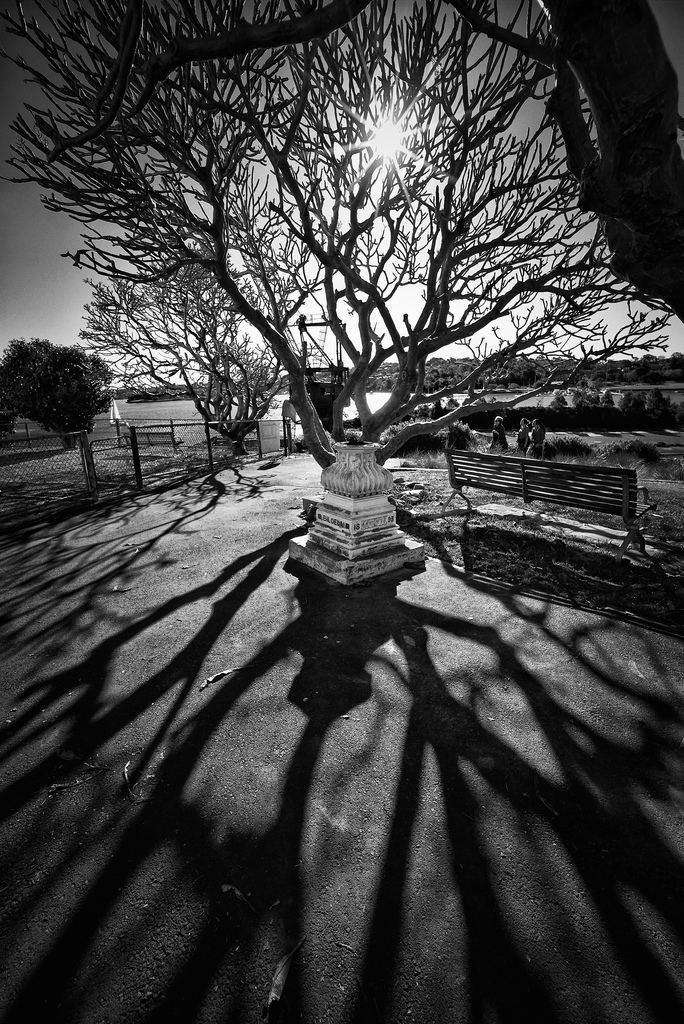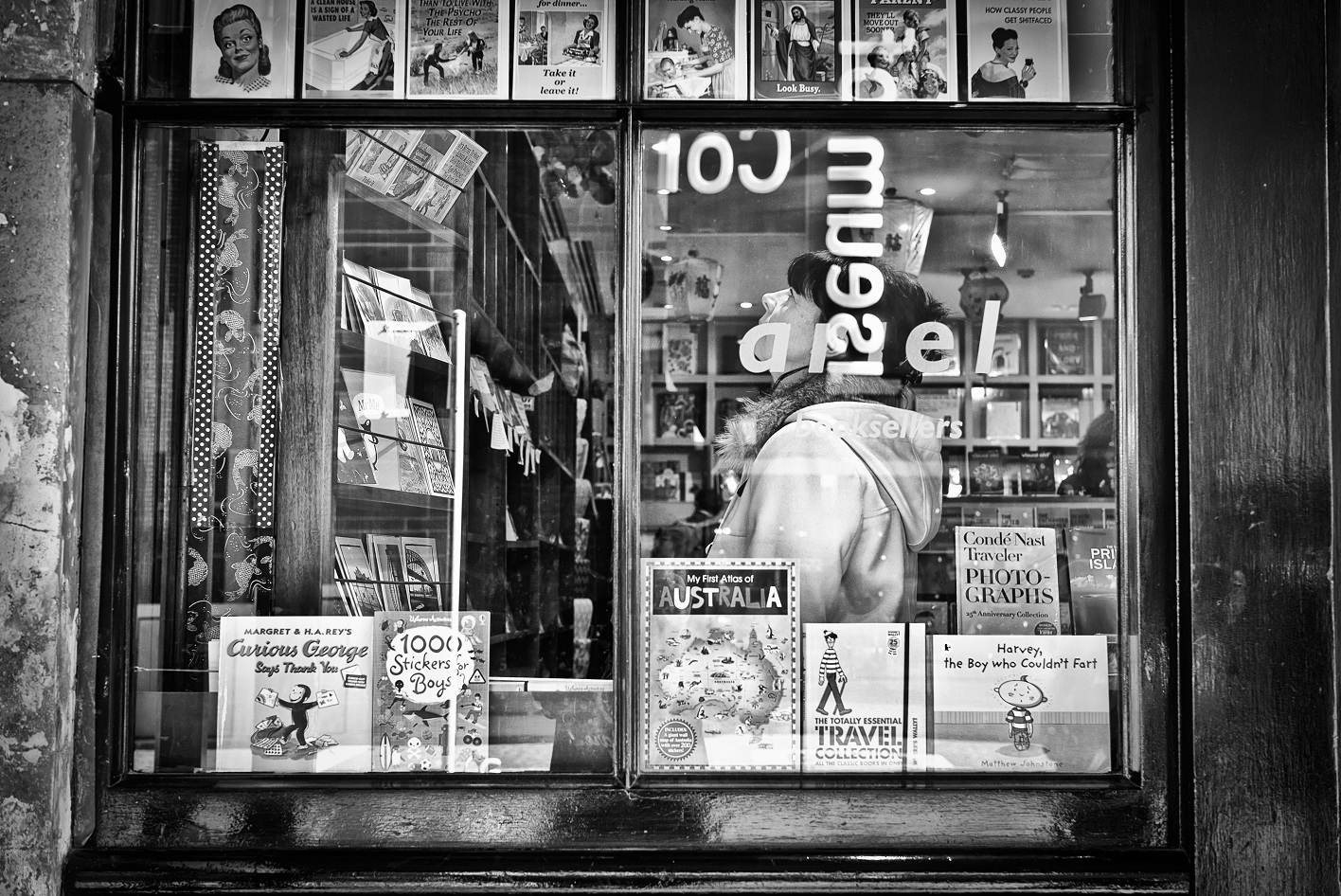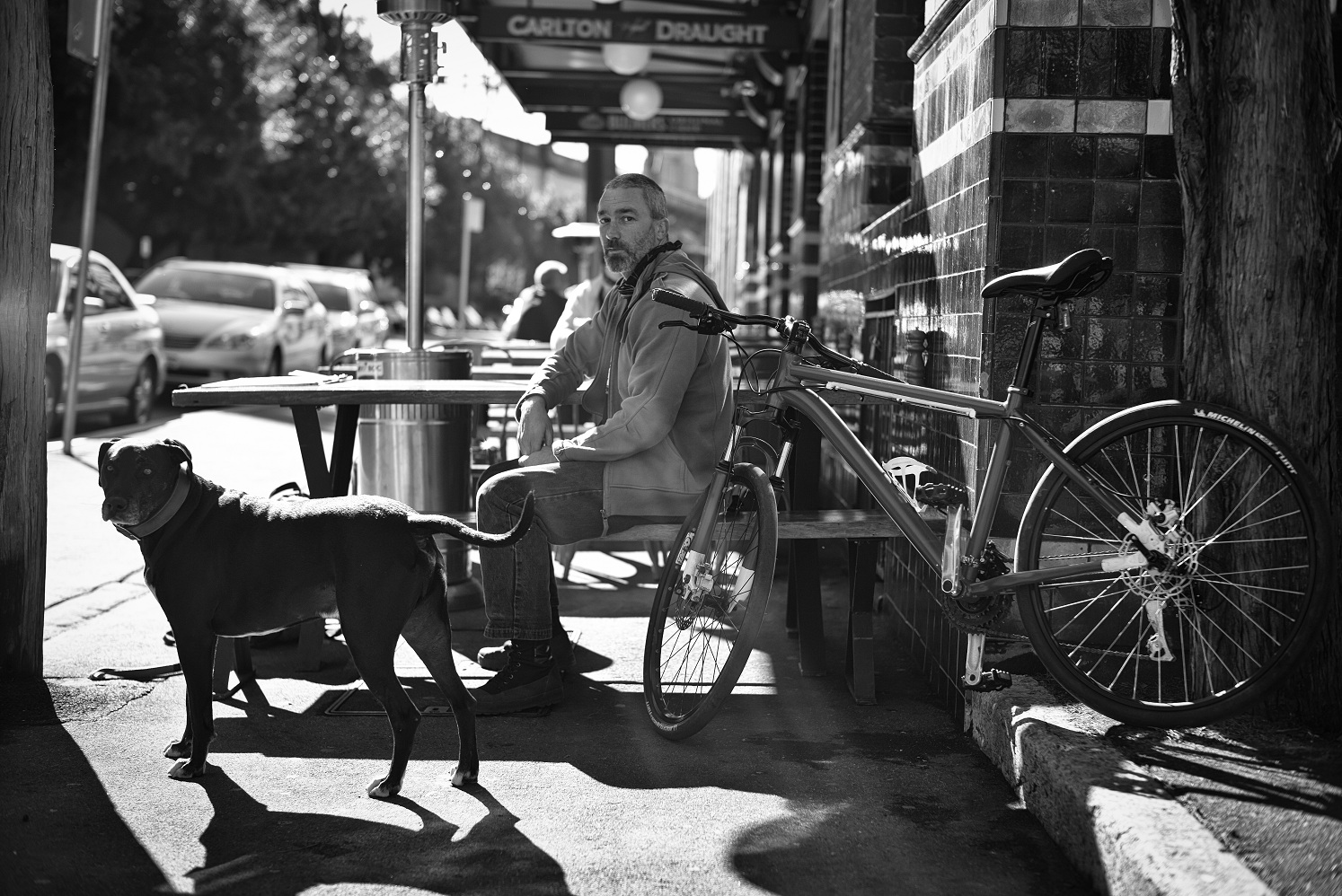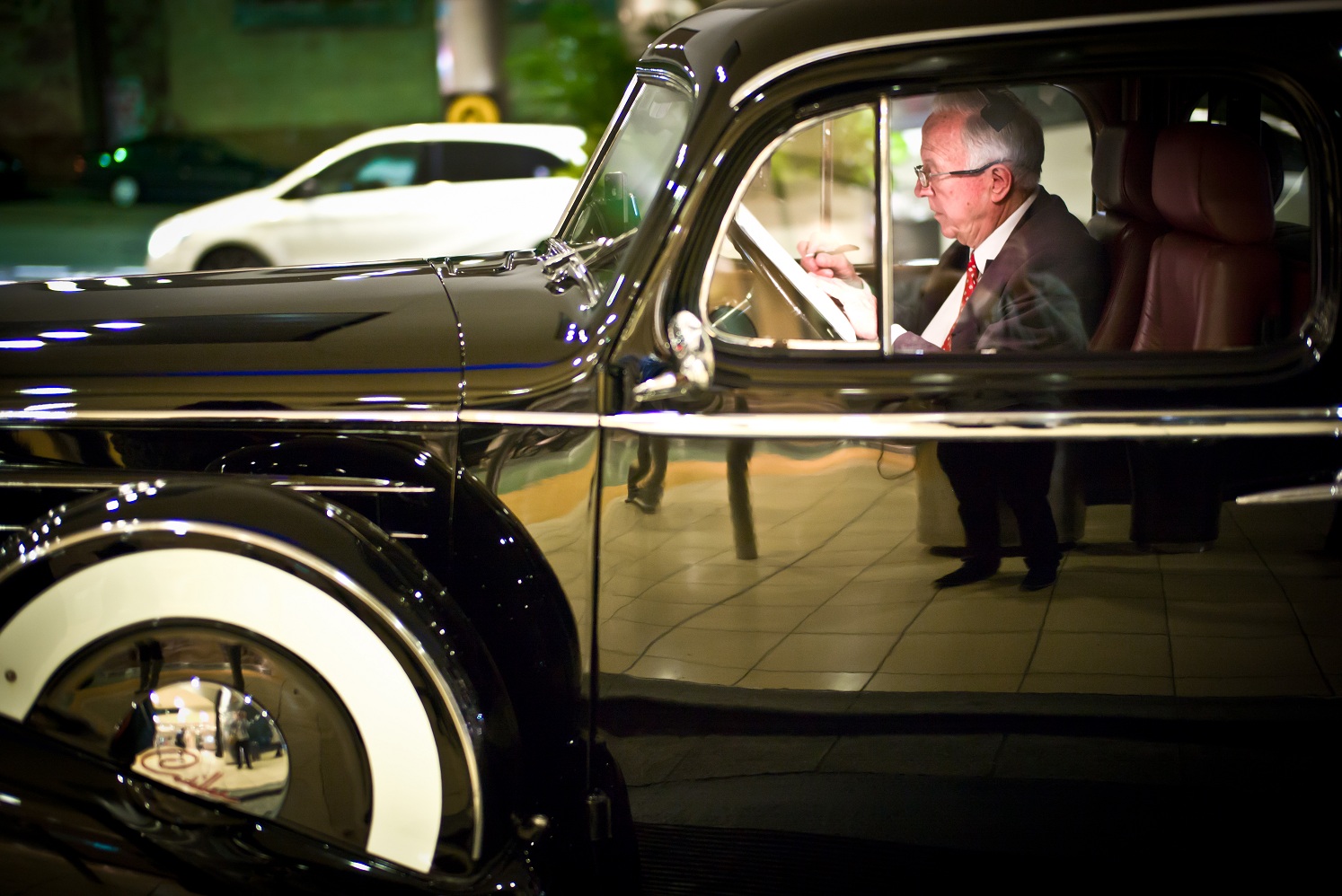Zeiss Hologon 15mm F8 for Leica M
The Zeiss 15mm F2.8 Distagon T* ZM is a one-of-a-kind lens, it is truly a monster when mounted on a Leica M body that offers Exquisite image rendering. In Short, this is not a lens for everyone but it offers insanely sharp, highly contrasty and richly saturated images. So if you are looking for an exotic ultra-wide angle lens that generates a unique rendering then look no further.
Jerry Bei All Rights Reserved ©
This lens is not your typical “Made in Japan” Zeiss lens, it is handcrafted in Germany and Zeiss went all out with this design. The Zeiss 15mm F2.8 ZM used all sorts of exotic types of glass and incorporated aspheric lens elements, which is uncommon for Zeiss designs.All those factors contribute to making this lens the most expensive lens in the ZM lineup and it is what separates it from all others.
Build Quality & Ergonomics
The build quality of the Zeiss 15mm Distagon ZM lens is exceptional. It matches the German made Leica standards and the ergonomics of this lens is excellent. The lens is relatively large when compared to other M mount lenses but it still feels great in the hands of the photographer. The lens comes in at 13 oz or around 370 grams, which is not light for a typical Leica M lens but it is well balanced on either the Leica M9 or the new Leica M240.
Jerry Bei All Rights Reserved ©
Practical use
The Zeiss 15mm F2.8 Distagon ZM lens is not rangefinder coupled when using on the Leica M9 but this is overcame by the liveview function on the new Leica M240. Although this lens is not rangefinder coupled, it has the minimum focusing distance advantage down to 0.3m,which is around a person’s forearm length thus allows the photographer to shoot with close objects.
In terms of Image rendering, there is strong vignetting visible at all apertures and if you a fan of Vignetting effects then this would be the ideal lens for you. Otherwise, this is easily reduced by applying the Central Density Filter (CDF) provided by Zeiss, which is specifically manufactured and designed for this lens.The CDF is a unique density filter that only densifies the central part of the glass which minimises the vignetting overall. (Just a kind reminder, Do not lose the CDF filter, as it does not come cheap to buy it separately at approximately $600 US Dollars. The colour casts can also be noticeable around the corners when taking photos with certain backgrounds, which produces magenta on the left along with cyan on the right but this can be easily fixed by using the CornerFix Software.
When shooting with the Zeiss 15mm Distagon ZM lens, It is recommended to purchase a Zeiss 15mm Viewfinder or a cheaper alternative Voigtlander 15mm viewfinder for functional use on the Leica M9 and other rangefinder bodies. As for the lens profile, I tend to mount the lens and leave it to automatic detection mode but you are free to experimenting or try different lens profile which suits you.
Jerry Bei All Rights Reserved ©
Zeiss Hologon 15mm F8 for Leica M
Zeiss 15mm F2.8 Distagon ZM vs
Leica Wide Angle Tri-Elmar (WATE) 16-18-21mm F4 Lens
· The Zeiss 15mm Distagon ZM lens has a one.stop advantage over the Leica WATE, with a faster aperture of f2.8 compares to f4.
· The Zeiss 15mm ZM is sharper in the centre and the WATE is sharper around the corners.
· The Zeiss 15mm ZM is more contrasty than the WATE and has richer colours, which offers a different rendering in comparison to Leica lenses.
· The WATE lens is more expensive but more flexible than the Zeiss 15 ZM as it consists three different focal lengths at 16mm, 18mm and 21mm. At the Focal Length of 21mm, the distortion is minimised to none on the WATE.
· The WATE is rangefinder coupled that is an advantage over the uncoupled Zeiss lens. However, the Zeiss 15mm ZM offers a much closer focusing distance down to 1 feet (0.3m), which is very handy when using on the new Leica M240.
Jerry Bei All Rights Reserved ©
Zeiss Distagon T* 15mm f/2.8 Specifications
Lens Type: Prime Lens
Focal Length: 15mm
Mount Type: Leica M
Format: Full Frame / FX
Compatible Format(s): 35mm Film / Full-Frame Digital Sensor APS-C
Compatible with Teleconverters: No
Maximum Reproduction Ratio: 1:18
Vibration Reduction / Image Stabilization: No
Aperture Information
Aperture Ring: Yes
Maximum Aperture: f/2.8
Minimum Aperture: f/22
Maximum Angle of View (Full Frame format): 110°
Minimum Angle of View (Full Frame format): N/A
Optical Information
Lens Elements: 11
Lens Groups: 9
Aspherical Elements: 1
Super Integrated / Super Spectra Coating: No
Focus Information
Focus: Manual Focus
Built-in Focus Motor: No
Silent Wave / Ultrasonic Motor: No
Internal Focusing: No
Rear Focusing: No
Minimum Focus Distance: 0.30m
Distance Information: Yes
Filter Information
Filter Size: 72mm
Accepts Filter Type: Screw-on
Physical Characteristics
Weather / Dust Sealing: Yes
Mount Material: Metal
Tripod Collar: No
Dimensions: 78 x 92mm
Weight: 550g
Other Information
Available in Colors: Black
Jerry Bei All Rights Reserved ©
Jerry Bei All Rights Reserved ©
Jerry Bei All Rights Reserved ©
Jerry Bei All Rights Reserved ©
Jerry Bei All Rights Reserved ©

























